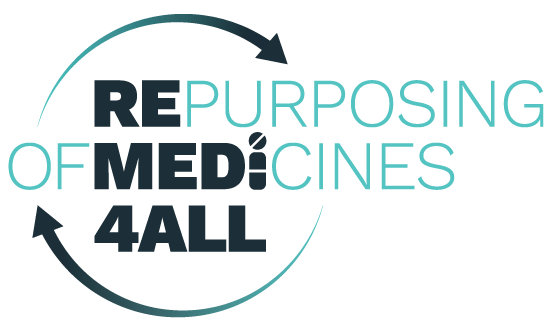The safety profile of a drug refers to the risks and adverse effects associated with its use. It encompasses information on the potential harm that a drug may cause to the patient, including its side effects, contraindications, interactions with other drugs, and any other negative effects that may be associated with its use. The safety profile is determined through pre-clinical testing and clinical trials, as well as post-marketing surveillance and monitoring. The safety profile of a drug is a crucial aspect of drug development and must be considered by regulatory agencies, healthcare providers, and patients when evaluating the benefits and risks of a new drug. The goal is to ensure that the benefits of a drug outweigh its risks, and that the drug is safe for use in the intended patient population. See fifference with clinical profile in section C.
© 2025 REMEDi4ALL. Privacy Policy | Legal Notice
Close Menu
- About Us
- News & Events
- iDRThe iDR Conference Series is an annual global conference series where key opinion leaders from research and patient communities, funders, regulators and representatives from the private sector participate to collectively advance innovative drug repurposing in Europe and beyond.
- Column wrap 2
- NEWS
- Concierge
- Column wrap 1
- DRUG REPURPOSING CONCIERGEExpert guidance and collaboration in drug repurposing. Connect with our team for a tailored 30-minute consultation to explore funding, regulatory pathways, scientific support, and advocacy opportunities. With 120+ inquiries handled and a 100% response rate, we’re here to help navigate the path from discovery to market.
- Column wrap 3
- Training
- Resources
- Connect


